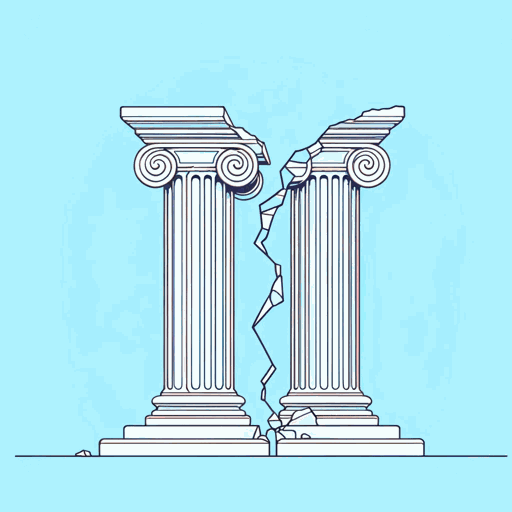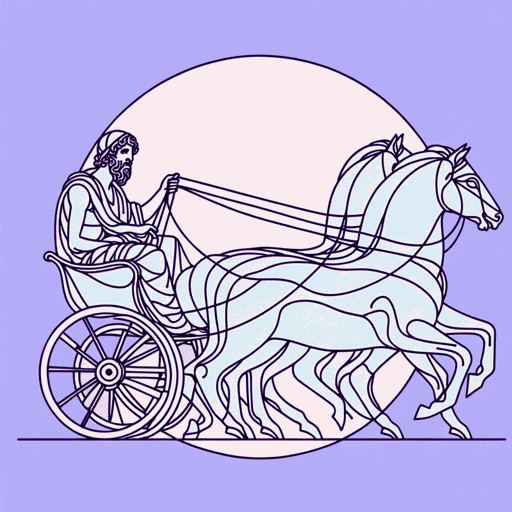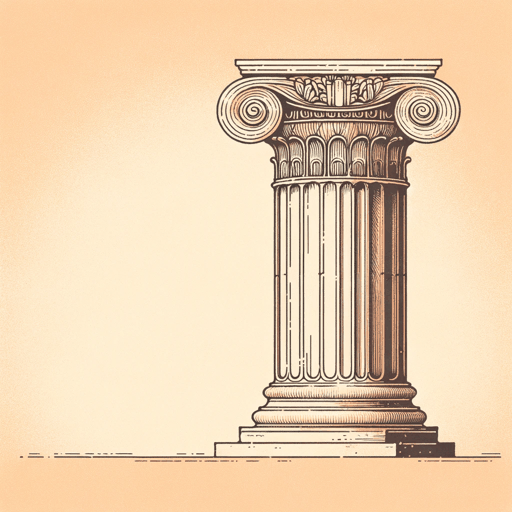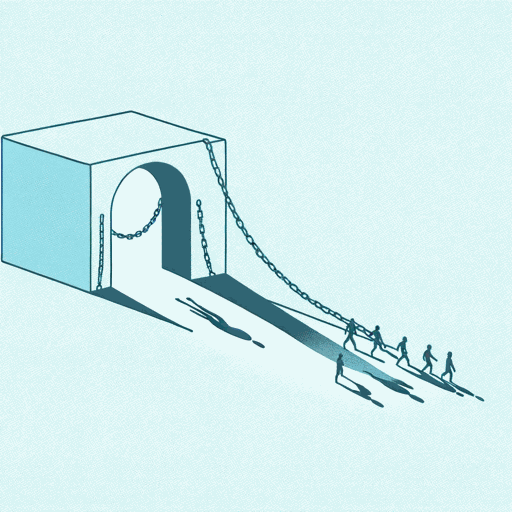34 pages • 1 hour read
PlatoAllegory Of The Cave
Nonfiction | Essay / Speech | Adult | BCEA modern alternative to SparkNotes and CliffsNotes, SuperSummary offers high-quality Study Guides with detailed chapter summaries and analysis of major themes, characters, and more. For select classroom titles, we also provide Teaching Guides with discussion and quiz questions to prompt student engagement.
Before Reading
Reading Context
Use these questions or activities to help gauge students’ familiarity with and spark their interest in the context of the work, giving them an entry point into the text itself.
Short Answer
1. What is an allegory? What are some examples of allegories or parables that you have encountered? With what kind of literature do you associate allegory?
Teaching Suggestion: An allegory is a story that contains a deeper meaning or lesson. In an allegory, complicated ideas are symbolized by people or things. It is like a parable, which is a simple story, often including animal characters, told to illustrate a sophisticated religious or ethical lesson. Parables in particular are closely associated with religious literature and scripture. In the Gospels, for example, Jesus couches many of his most important spiritual lessons in parables. Discussing some examples of famous parables or allegories (e.g., the parables of the Prodigal Son, the blind men and the elephant, or even the boy who cried wolf) can help students understand the basic elements of this device.
- This resource page from SuperSummary provides a glossary of many literary elements and devices, including allegory and parable.
- This article from MasterClass contains an in-depth discussion of allegory in literature, including important examples.
Related Titles
By Plato

Apology
Plato

Crito
Plato

Euthyphro
Plato

Gorgias
Plato

Ion
Plato

Meno
Plato

Phaedo
Plato

Phaedrus
Plato

Protagoras
Plato

Symposium
Plato

Theaetetus
Plato

The Last Days of Socrates
Plato

The Republic
Plato

